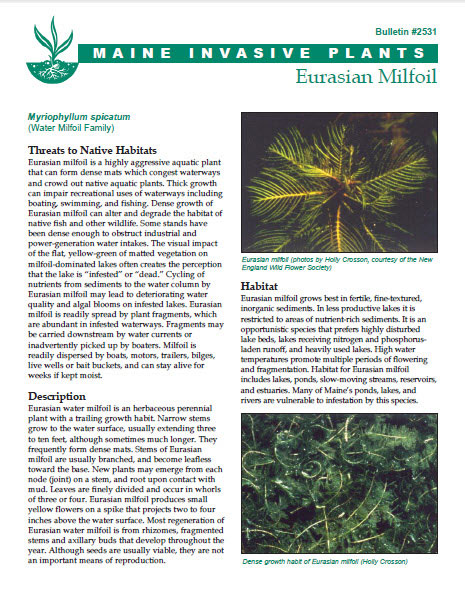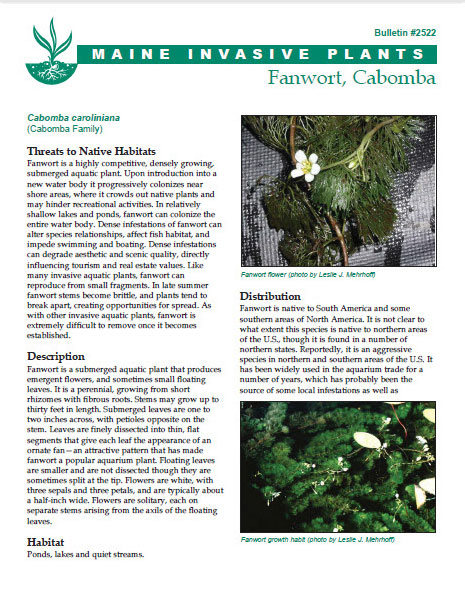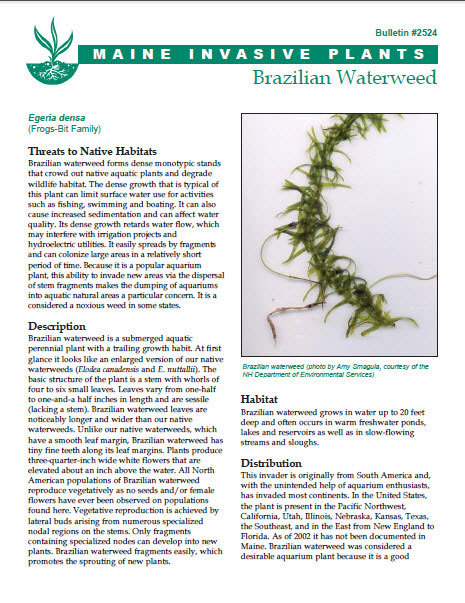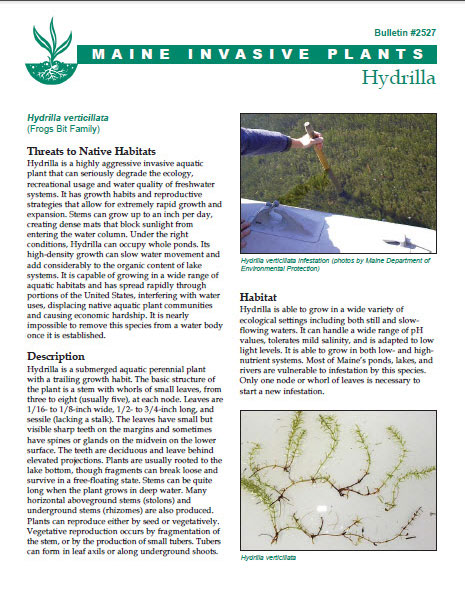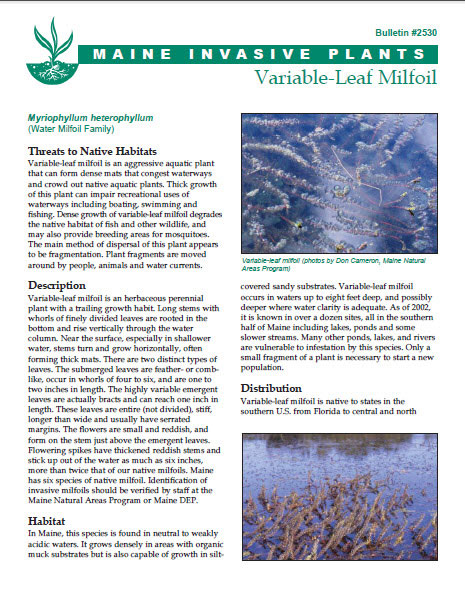Water Quality Education
|
Mousam Lake Educational Video As part of the requirements of the Mousam Lake 319 Grant, Board member David Landry and his family have created this exceptional educational video regarding storm water runoff. Please follow this link to view https://www.youtube.com/watch?v=2TaaWqYevls&feature=youtu.be Many thanks to David and his family for their efforts and this wonderfully crafted video showing the beauty of Mousam!!!! Maine Erosion Control Law |
|||||||||
|
WHAT IS THE MAINE EROSION CONTROL LAW? The Erosion and Sedimentation Control Law which came into effect in 1997 is designed to prevent further degradation of Maine waters by soil erosion. What is Soil Erosion? Exposed soil is subject to the effects of wind and rain. Since all land areas eventually drain into streams, rivers, lakes or coastal waters, soil and other pollutants, picked up by runoff, get deposited into these resources. The visible impact of eroded soils is rills, gullies, muddy water. The invisible impact is damage to the habitats used by fish and other aquatic life and declines in water quality. What did the 1997 Erosion Control Law require? Since July of that year all construction projects of any size have been required to use measures such as hay bales and silt fences on the downhill side to control sediment transport off site. They must also ensure that the site is permanently stabilized with mulch or vegetation to control erosion as soon as it is feasible to do so. What will happen in July, 2005? An important change will occur in the law. From July 1, 2005, on, the Erosion Control Law will apply to all existing chronic erosion problems in Maine’s most-at-risk watersheds. The law will be enforceable by both the Department of Environmental Protection and Code Enforcement Officers in towns with watersheds named most-at-risk by the DEP. What are chronic erosion problems? Improperly maintained camp roads, ditches and embankments showing major rills and gullies, plugged or inadequate culverts, large areas of exposed soil, washouts downhill from points of concentrated storm water runoff. What are the at-risk-watersheds? They are watersheds with lakes which may show declining water quality as a result of development. 248 of Maine’s organized 416 towns have a portion of a most-at-risk watershed within their boundaries. Want to know more? Read more about the erosion law at Maine's DEP site. |
|||||||||
 |
|||||||||
| Maine's Most Unwanted | |||||||||
| Here is a great Poster from Manie DEP. To print the complete poster Click Here or on the poster below. | |||||||||
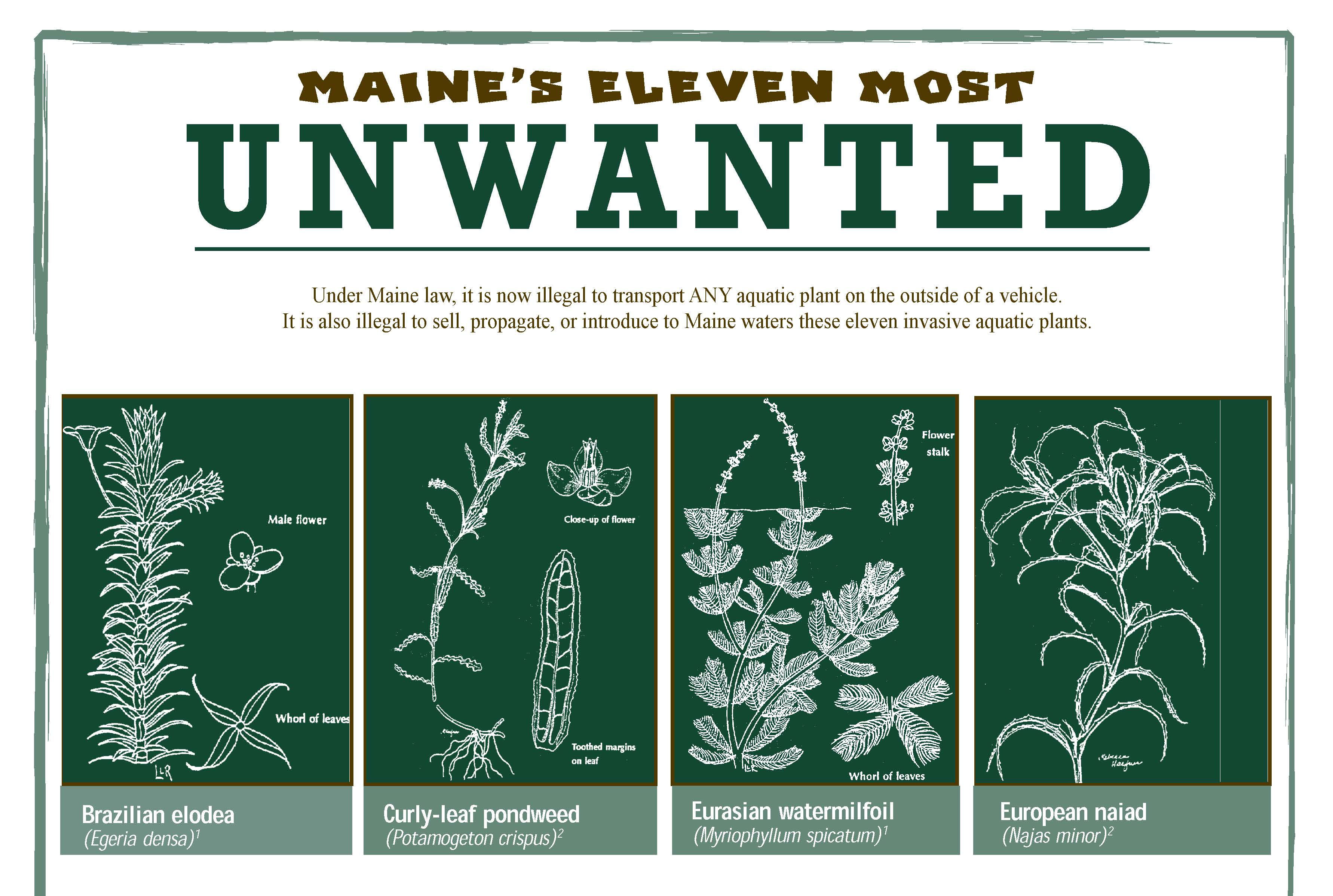 |
|||||||||
 |
|||||||||
| Maine Invasives | |||||||||
| Here is great information from Maine DEP. Click on the Images Below to View or Print. | |||||||||
|
|||||||||
|
Mousam Lake Educational Video As part of the requirements of the Mousam Lake 319 Grant, Board member David Landry and his family have created this exceptional educational video regarding storm water runoff. Please follow this link to view https://www.youtube.com/watch?v=2TaaWqYevls&feature=youtu.be Many thanks to David and his family for their efforts and this wonderfully crafted video showing the beauty of Mousam!!!! Maine Erosion Control Law |
|||||||||||
|
WHAT IS THE MAINE EROSION CONTROL LAW? The Erosion and Sedimentation Control Law which came into effect in 1997 is designed to prevent further degradation of Maine waters by soil erosion. What is Soil Erosion? Exposed soil is subject to the effects of wind and rain. Since all land areas eventually drain into streams, rivers, lakes or coastal waters, soil and other pollutants, picked up by runoff, get deposited into these resources. The visible impact of eroded soils is rills, gullies, muddy water. The invisible impact is damage to the habitats used by fish and other aquatic life and declines in water quality. What did the 1997 Erosion Control Law require? Since July of that year all construction projects of any size have been required to use measures such as hay bales and silt fences on the downhill side to control sediment transport off site. They must also ensure that the site is permanently stabilized with mulch or vegetation to control erosion as soon as it is feasible to do so. What will happen in July, 2005? An important change will occur in the law. From July 1, 2005, on, the Erosion Control Law will apply to all existing chronic erosion problems in Maine’s most-at-risk watersheds. The law will be enforceable by both the Department of Environmental Protection and Code Enforcement Officers in towns with watersheds named most-at-risk by the DEP. What are chronic erosion problems? Improperly maintained camp roads, ditches and embankments showing major rills and gullies, plugged or inadequate culverts, large areas of exposed soil, washouts downhill from points of concentrated storm water runoff. What are the at-risk-watersheds? They are watersheds with lakes which may show declining water quality as a result of development. 248 of Maine’s organized 416 towns have a portion of a most-at-risk watershed within their boundaries. Want to know more? Read more about the erosion law at Maine's DEP site. |
|||||||||||
 |
|||||||||||
| Maine's Most Unwanted | |||||||||||
| Here is a great Poster from Manie DEP. To print the complete poster Click Here or on the poster below. | |||||||||||
 |
|||||||||||
 |
|||||||||||
| Maine Invasives | |||||||||||
| Here is great information from Maine DEP. Click on the Images Below to View or Print. | |||||||||||
|
|||||||||||



